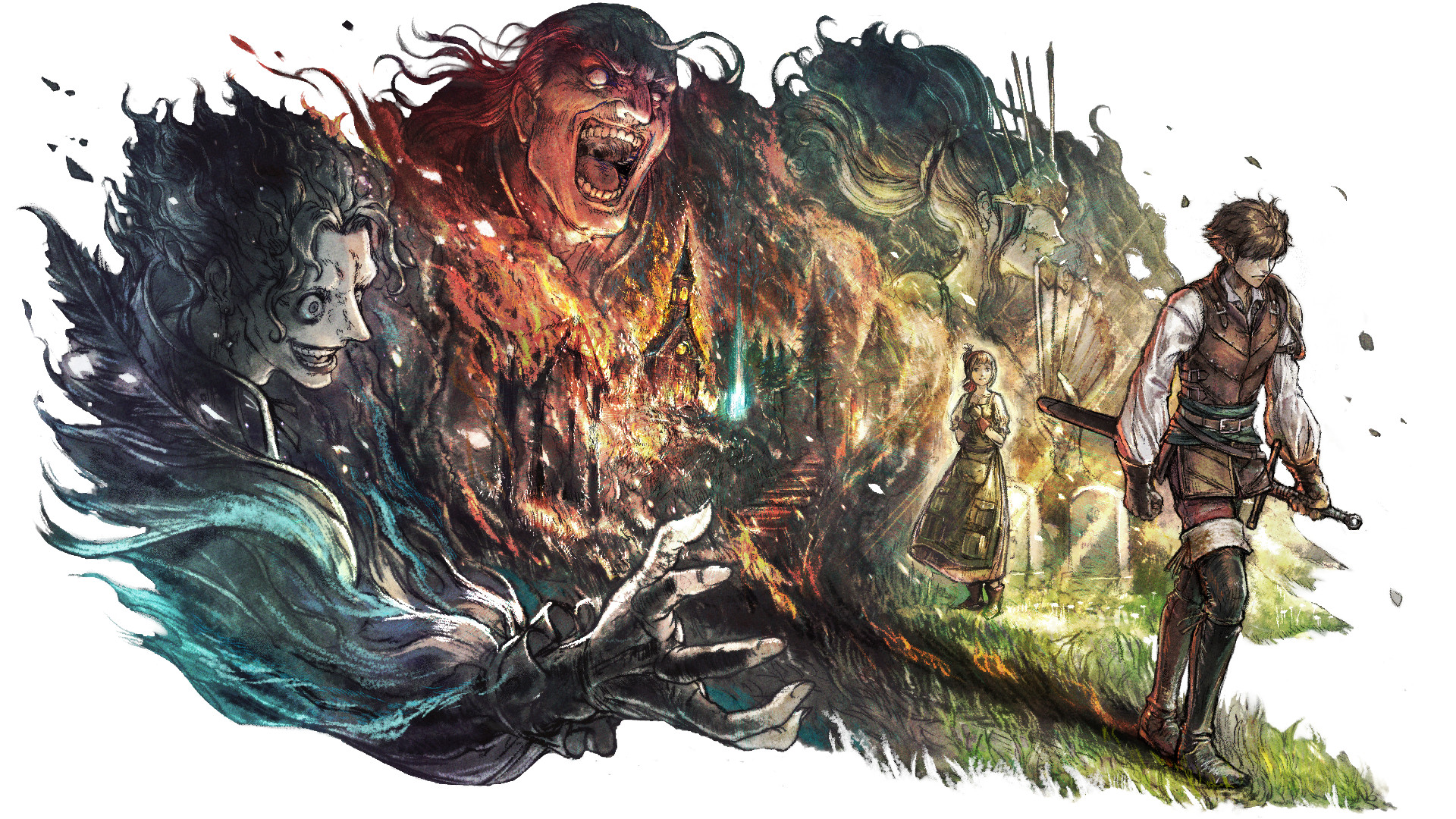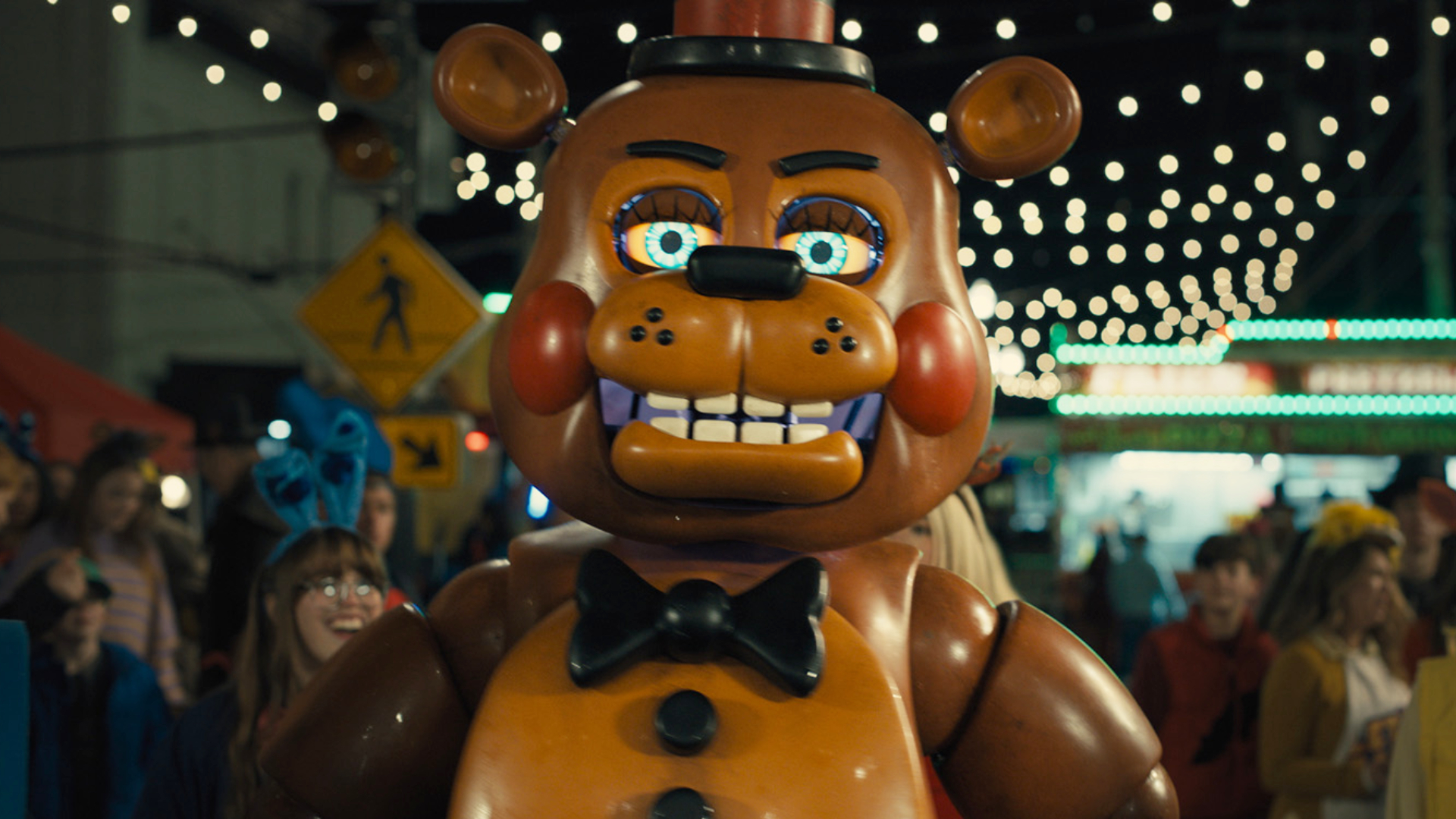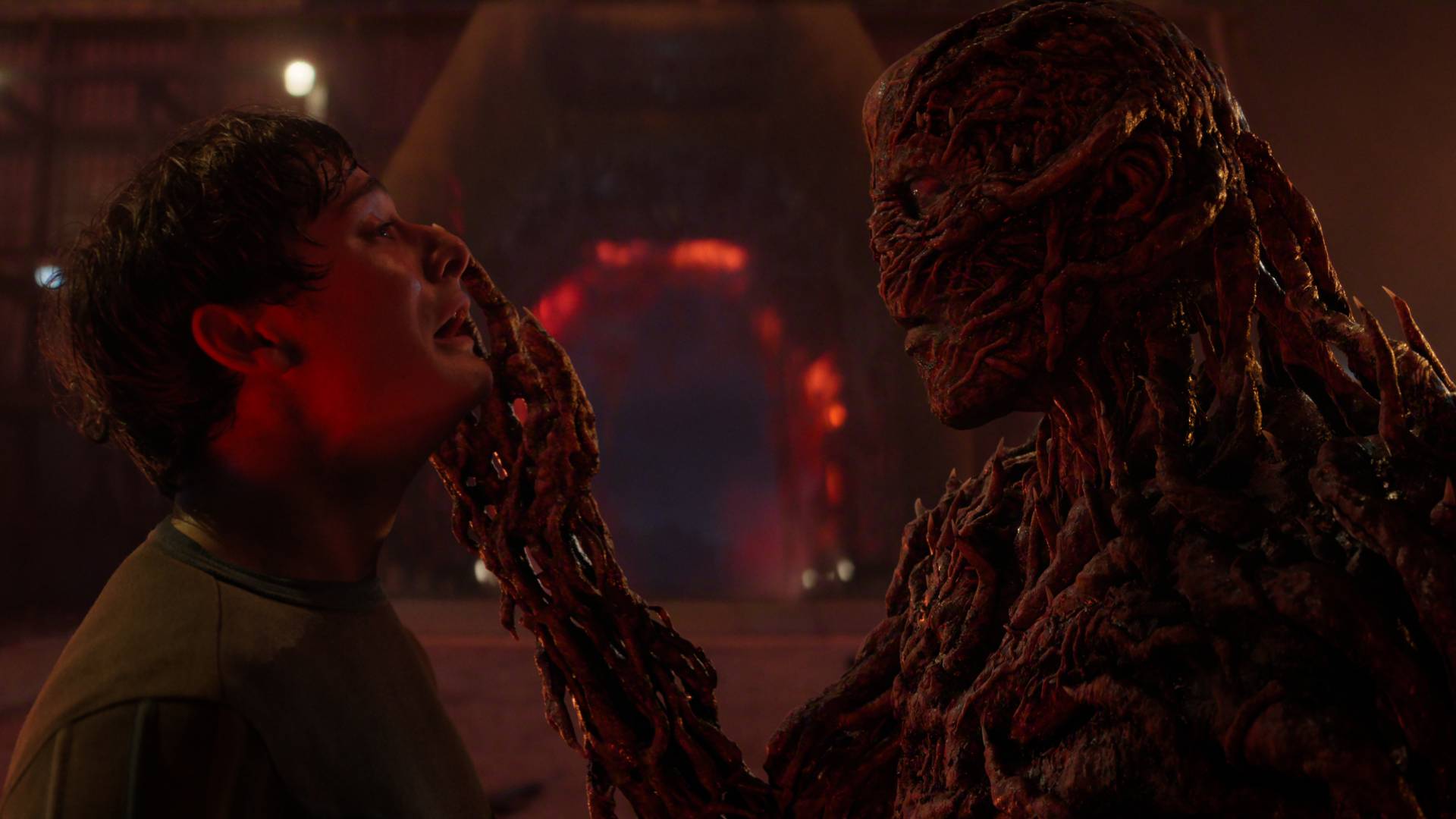28 Years Later director Danny Boyle used a 20-iPhone rig to capture the film's "graphic" violence: "You feel like you're in the room with the unzipped spine and head"
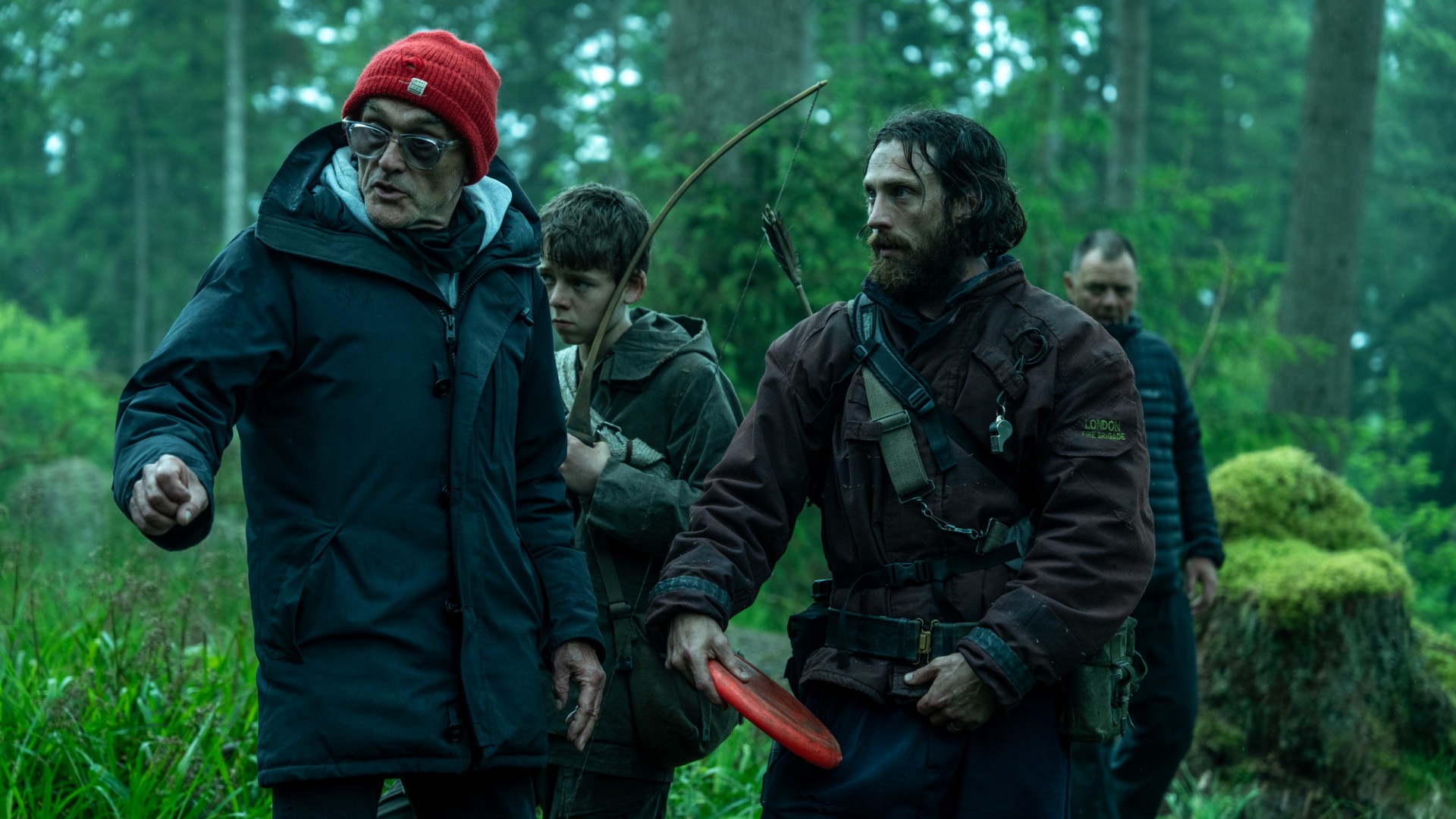
Danny Boyle has claimed that 28 Years Later is "not what you'll expect at all", while teasing how his unique filming techniques ratchet up the horror sequel's sense of "unease".
In a new interview with IGN, it was revealed that the filmmaker and cinematographer Anthony Dod Mantle used a rig purpose built for 20 iPhones to capture some of the movie's more "graphic" violence – which had the unexpected benefit of confusing the actors and manufacturing less self-aware performances.
"It's a wonderful tool for actors to keep them guessing, especially experienced actors," laughed Boyle. "They get to know where the cameras are and they get to know lenses and they get to know what they're doing. But this throws them. It's like, 'What!?'"
Starring Ralph Fiennes, Alfie Williams, Jack O'Connell, Jodie Comer, and Aaron Taylor-Johnson, 28 Years Later follows a group of survivors living on a heavily guarded island of the coast of England. When tragedy strikes, though, a father and son must embark on a dangerous mission across the infected-ridden mainland.
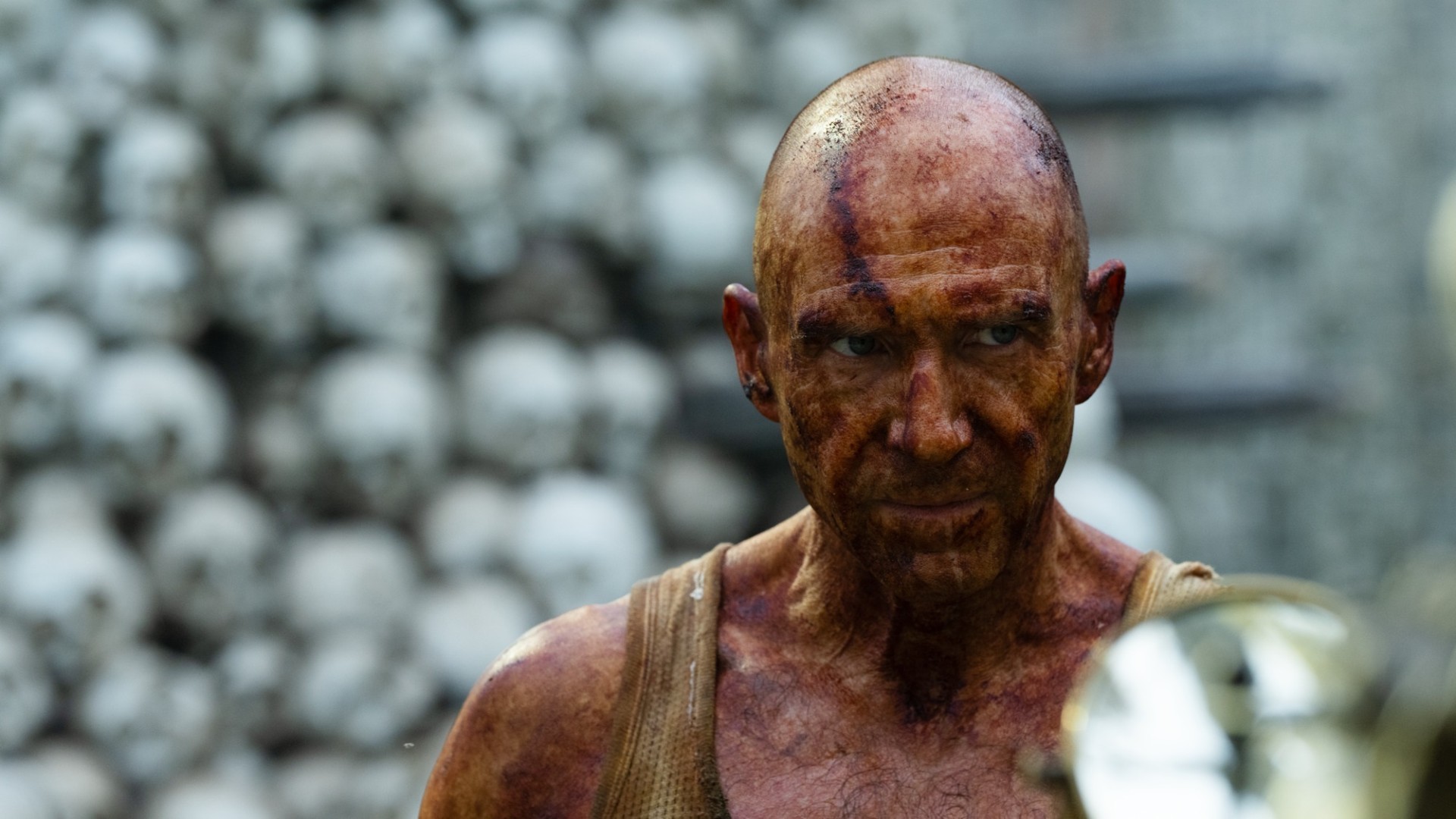
Back in 2002, Boyle and writer Alex Garland decided to shoot the original on digital video cameras as they figured, if an actual apocalypse happened, there would likely be abandoned recorders with horrifying footage of the outbreak on them strewn across the country. Now, almost three decades on, it'd be smartphones. With that, while the 8 iPhone, 10 iPhone, and 20 iPhone rigs allowed Boyle and Mantle to grab "180 degrees of vision", it also makes viewers feel like they're "inside the scene", says the former.
"You feel like you're in the room with Jodie Comer and her son, venting her rage at Aaron Taylor Johnson, like you're in the abandoned train with the naked alpha and the unzipped spine and head," explained Boyle.
Not only that, but the widescreen effect means more screen in which to hide terrifying zombies. "We thought we'd benefit from the unease that the first film created about the speed and the velocity, the visceral [aspect] of the way the infected were depicted," the 28 Days Later helmer concluded. "They could be anywhere… you have to keep scanning, looking around for them, really."
Bringing all the latest movie news, features, and reviews to your inbox
28 Years Later releases on June 20. For more, check out our list of the best horror movies of all time, or our guide to some of the other upcoming horror movies heading our way.
I am an Entertainment Writer here at GamesRadar+, covering all things TV and film across our Total Film and SFX sections. Elsewhere, my words have been published by the likes of Digital Spy, SciFiNow, PinkNews, FANDOM, Radio Times, and Total Film magazine.
You must confirm your public display name before commenting
Please logout and then login again, you will then be prompted to enter your display name.

